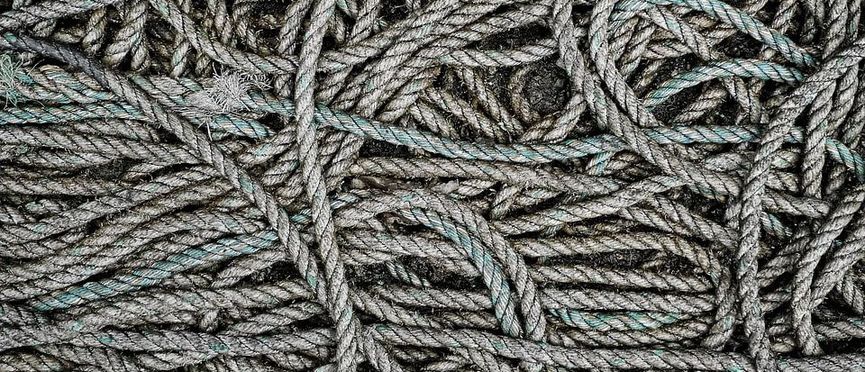BEST STRETCHES PAGE
https://staticxx.facebook.com/connect/xd_arbiter.php?version=44#channel=f358bef268&origin=https%3A%2F%2Fwww.doctorschierling.com Despite the fact that simple RANGE OF MOTION TESTING is typically ignored during the average doctor visit, there are few physicians who when pressed, would not admit that proper joint motion is critical for living a healthy and pain-free life. This page is the portal to several different pages of stretches for the most common categories of problems I treat. Feel free to try these stretches on your own — hopefully they help you. If they do not (or if they make you worse), it is highly likely that you have underlying UNDERLYING MICROSCIOPIC ADHESIONS, FIBROSIS, AND SCARRING that are throwing a wrench in the machine. That’s right, Microscopic Scar Tissue can actually cause a stretching protocol to make you worse. Follow along as I show you how.
Properly dealing with Microscopic Adhesion is not only vital in successfully addressing most CHRONIC PAIN SYNDROMES, it is critical if you hope to prevent Degenerative Arthritis. Although it has several causes, probably the single greatest cause of localized Degenerative Arthritis is abnormal motion / loss of joint motion over time (HERE). This means that if individual joints are not moving through their normal ranges like they should be, they are essentially in a state of both inflammation and deterioration (HERE). It is important to realize that this loss of normal joint motion is often subtle — to the point of being virtually unrecognizable by both the doctor and the patient (HERE).

Like I insinuated earlier, even the clinicians who are practicing according to OLD & OUTDATED MODELS of tissue injury and repair understand that stretching and increased ROM are frequently associated with pain relief. The problem is that far too often, stretching and exercising actually makes people worse. While there are many potential reasons for this, one of the largest is that clinicians are putting patients on significant stretching protocols without first addressing their underlying Scar Tissue and FASCIAL ADHESIONS.
Although you are told to suck it up, get tough, and stretch through the pain; it never seems to work. It’s simple to understand why. I would liken this kind of stretching to trying to undo a loose knot by pulling on both ends of the rope: No matter how hard you pull, you only make the knot tighter! Sound familiar? It should. This is the most likely reason your stretching program has been so difficult, ineffective, and painful —- actually making you feel worse. Oh, you may temporarily gain a little bit of Range of Motion as well as some short-term relief of your pain. But the relief is just that —- temporary / short-lived. And in a short time (sometimes a matter of minutes or even seconds) the pain has returned to the same spot or area with the same intensity. Think about it logically; if Scar Tissue is a significant part of your problem, stretching is simply tightening the noose!
STRETCHING PAGES
STRETCHING PROTOCOLS

As you work your way through these Stretching Protocols, I want you to note a couple of things. Firstly, like the pictures above, they were not created for health and wellness. In other words, these are not necessarily the stretches that I would do if I were trying to maintain good overall flexibility, core strength, etc). These are the stretches that I use in my protocols Soft Tissue Injuries (FASCIA, TENDONS, LIGAMENTS, and MUSCLES) post-treatment. Secondly, these stretches are templates. If you have others that allow you to feel a better stretch in the area that was treated, by all means do them. Conversely, if you do not feel a certain stretch is working for you; bail on it. Lastly, some of you will get relief of your problem just by following a simple stretching protocol. Fantastic! You are not the group I am really addressing here. These Stretching Protocols were created specifically for my hard-core Chronic Pain patients who find that stretching tends to make them worse — or at the very best, has provided no long-term relief of symptoms.
- NECK AND UPPER BACK STRETCHES: Neck and Upper Back Stretches.
- UPPER EXTREMITY STRETCHES: This section covers a lot of ground. Everything from the shoulders, biceps, elbow, triceps, forearms, wrist, and hand are found here.
- PIRIFORMIS SYNDROME AND LOW BACK STRETCHES: There will be a lot of overlap with the next bullet point. In other words, many of the non-Piriformis patients will benefit from the Piriformis Stretches.
- NON-PIRIFORMIS SYNDROME HIP STRETCHES: Hip Flexors, ITB (Illiotibial Band), Hip Adductors (Groin)
- THIGH / QUADRICEP / HAMSTRING / KNEE STRETCHES: You will find some crossover with the previous bullet point.
- LOWER LEG / CALF / FOOT / ANKLE STRETCHES: You will find some crossover with the previous bullet point.
- CORE STRENGTHENING / BALL EXERCISES / PLANKS: Great photos of Planks, Kettlebell Swings, and many others.
